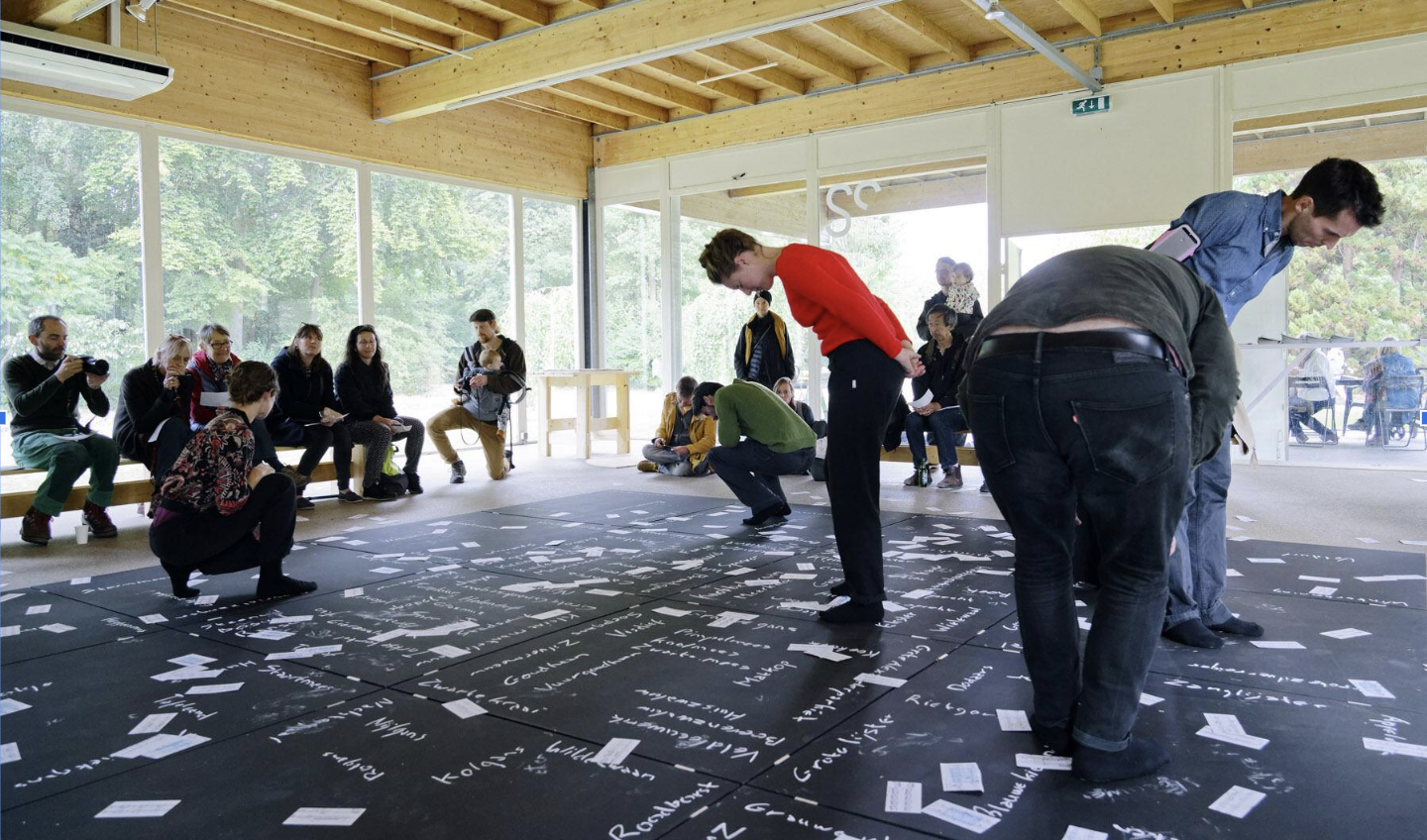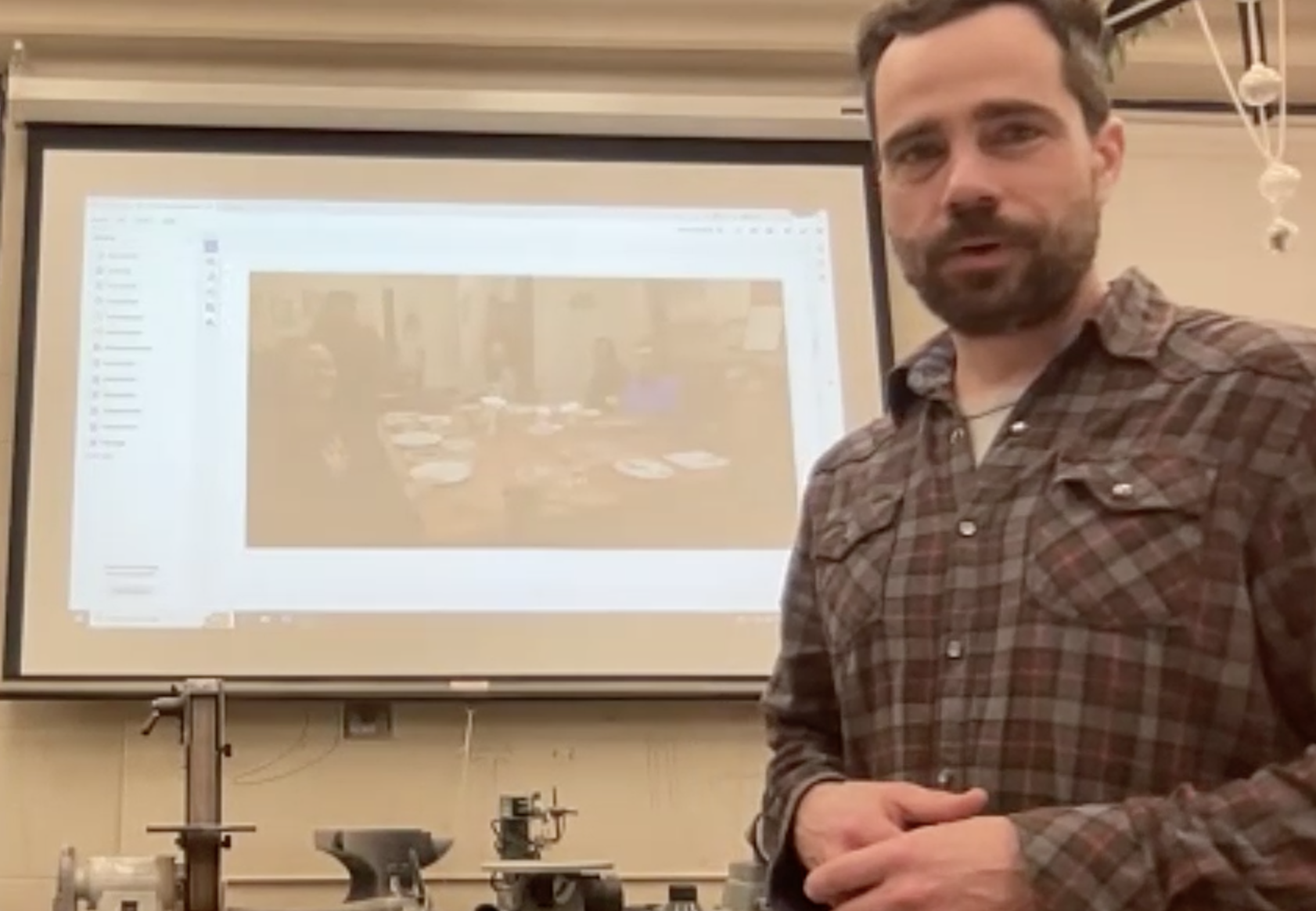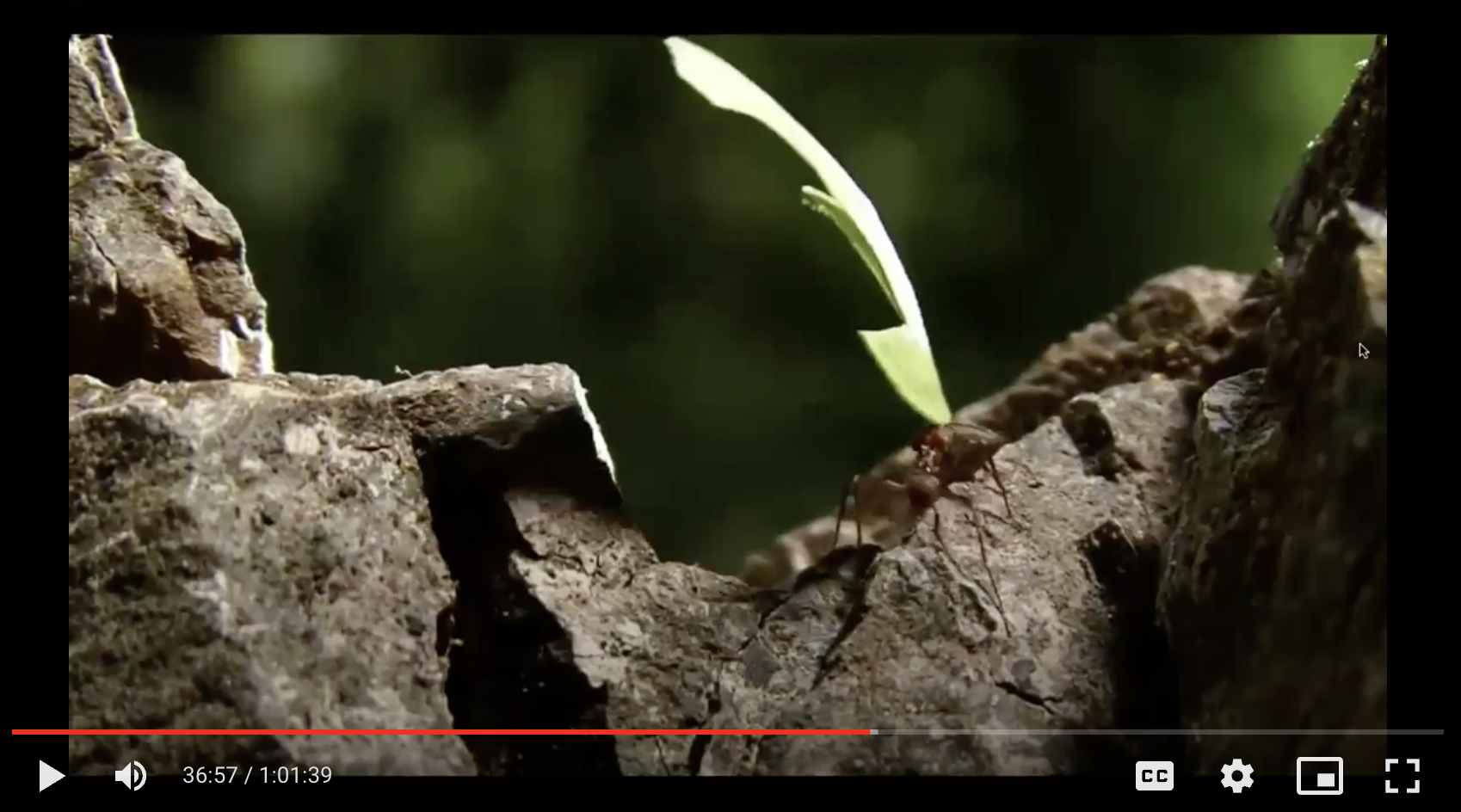This Spring Semester at Rutgers Camden ZoomOnArt embraced the topic of What do You Do When Your Art is ALIVE!!! Featuring the Alice Smit, Chatherine Chalmers, Jon Compton and Elizabeth Demaray. This last presentation was presented at the Chrysler Herbarium curated by Dr. Lena Struve.
When Your Art is ALIVE presenters shared stories of tracking ants in Costa Rica, creating community art exhibitions outdoor in the Netherlands, fighting for social justice in Camden, NJ and feeding fungi plastic in order to grow sculptures. In case you missed any of the presentations, you can check them out here!
Alice Smits and Zone2Source testing ground for art and ecology in the Amstelpark Amsterdam:
https://drive.google.com/file/d/1KwRnhGAsjXVKmgnNy0PtFkbrl8Pa8pQn/view?usp=sharing

Bird Score
Jeroen van Westen & Michael Pestel
When The Art is ALIVE: Catherine Chalmers:
https://drive.google.com/file/d/1RE8ZXpzZGVBJtgLY_JZ-_Hov5cjF1PK5/view?usp=sharing
About the artist: On her first trek through the rain forest, in 2000, the artist Catherine Chalmers noticed movement on the ground near her feet. It was a parade of thousands of leaf-cutter ants. “There’s these perfectly cleaned pathways that the ants make and maintain, and they carry bright-green leaves.” Chalmers states “I’m interested in that place where nature meets culture,” When one look at her work one has the sense that the more complicated the interface, the better.
In 2010 Chalmers received a Guggenheim Fellowship and in 2015 she was awarded a Rauschenberg Residency. In 2018 she created the course “Art & Environmental Engagement” and taught it at Stanford University. Her video “Leafcutters” won Best Environmental Short at the 2018 Natourale Film Festival in Wiesbaden, Germany; in 2019 it won the Gil Omenn Art & Science Award at the Ann Arbor Film Festival. https://www.catherinechalmers.com/
The Center For Environmental Transformation: Jon Compton
https://drive.google.com/file/d/1t5-9j0XdJh3Wj7Osldri0Z_DoBU8n_pg/view?usp=sharing

Jon_Compton form CFET speaking at ZoomOnArt
The idea for the Center for Environmental Transformation was born in the dialogue of a parish synod held in October 2005, when 360 parishioners of Sacred Heart Church gathered to talk about the future and our responsibility for it. A conversation began around the idea that Waterfront South in Camden, NJ is a perfect site for reflections on our responsibility to the earth: the water, the air, the animals, the plants, the trees and the people. We thought that we ought to address this responsibility, in activities ranging from land remediation to growing organic vegetables to planting trees to changing our own personal habits of energy consumption.
Since that time, CFET has become an agent for environmental justice in the Waterfront South neighborhood of Camden through collaboration with our neighbors, primarily by sponsoring projects like Eve’s Gardens. We work alongside our neighbors to engage in actions that address the environmental challenges they live with. We are also an agent of education and training for people in other neighborhoods, both near and far. Our education focuses on helping others come to know and proclaim, in word and in action, each human being’s responsibility to care for the earth.
Much of CFET’s inspiration comes from the work of Thomas Berry, a cultural historian and self-described eco-theologian. His life’s work was aimed at helping humanity to re-imagine its relationship to the natural world. For so long, and in many cases still today, humans view nature merely as a resource for the satisfaction of human needs and wants. Berry challenged us to come to a deeper appreciation of the fact that we are members of the community of living and non-living things that make up this universe. Our attitude toward nature ought to be one of reverence and awe, rather than exploitation and greed. This does not mean that nature is not a resource of the satisfaction of human need, but our pursuit of satisfaction ought to be tempered by respect for the value of nature independent of such need. It is through this re-imagined relationship of human beings in the natural world that we create our programming and outreach.
Cookbook For When The Sun Goes Out: Elizabeth Demaray at the Chrysler Herbarium
https://drive.google.com/file/d/1DodXC1d5MXZoh3bmp4v-hw-DYqVkU3JI/view?usp=sharing
Please join me today at noon for a special ZoomOnArt live from the Chrysler Herbarium in New Brunswick where I will be presenting Home Is Where The Plastic Eating Stomach Is, is a living sculpture in the form of a stomach that eats plastic by virtue of living fungi. Supported by research from the John Dighton Laboratory and the Chrysler Herbarium, this artwork invites the viewer to consider the extraordinary capacities of our non-human campion species and to view our plastic waste stream as a resource.

